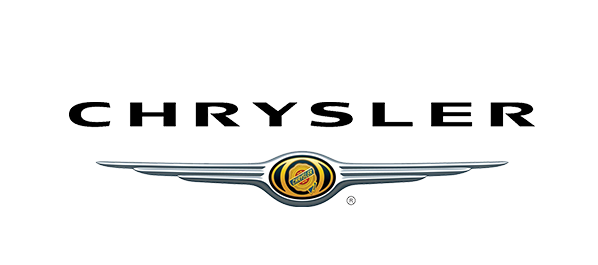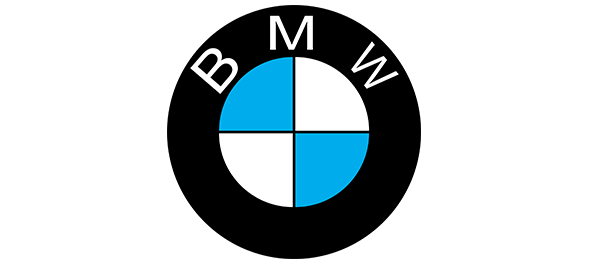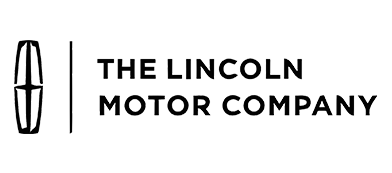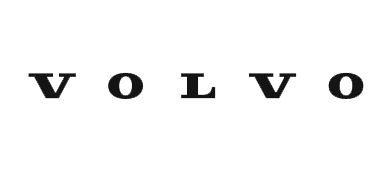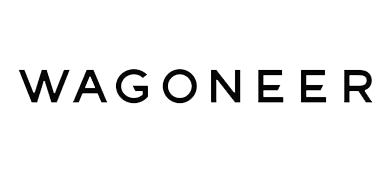QVM & CMC: Spelling Out a Safe Stretch Limousine

QVM & CMC: Spelling Out a Safe Stretch Limousine.
While the industry knows quite a bit about these programs, the wider general public and media do not. Such ignorance has become more apparent recently in the wake of the May 4 stretch limousine fire in San Francisco.
To set the record straight for both audiences, LCT recently talked to the coordinators of the QVM and CMC programs to review and update the latest quality standards from the two leading OEM limousine modification programs.
Bottom line: There are many safe stretch limousines on the road based on these programs.
QVM Puts Priority On Precision
The Qualified Vehicle Modifiers (QVM) program for limousines started in 1989 to coincide with the 1990 model year of the Lincoln Town Car. QVM limousine program vehicles include the MKT Town Car, and the Lincoln Navigator L.
“It’s very typical for Ford to produce vehicles that are modified post-OEM,” says Richard D. Cupka Jr., sustainability program manager of commercial vehicles for Ford Motor Co. “We have small mom-and-pop shops up to large manufacturing organizations that modify thousands of units per year. We help provide guidance for those qualified to participate in the program.”
Ford assesses a total of 162 different QVM participants covering many types of vehicles, such as shuttle buses, alternative-fueled vehicles, dump trucks, and snow plows.
Specs & Stats
The limo QVM program deploys a combination of manufacturing specs, continuous improvement actions, customer service, materials, warranties and engineering support so modifiers can build high quality vehicles and be consistent with Federal Motor Vehicle Safety Standards (FMVSS).
The QVM program provides modification recommendations for many different parts and components, including brakes, axle weight ratios, and extensions for fuel, electrical and brake lines. QVM limousines are designed to meet Ford performance and durability standards to qualify for warranties. “The vehicles are designed for heavy duty service within the limits prescribed,” Cupka says.
Weight guidelines and testing are critical because a larger, heavier vehicle puts more stress on key components compared to standard sized vehicles, says Jeffrey Metz, QVM program coordinator.
The maximum allowable stretch length for a Lincoln MKT Town Car is 120 inches, a size that accommodates a maximum of 10 people: Chauffeur, right front passenger and eight passengers in the limousine compartment. Other allowable MKT Town Car stretch sizes include 44 inches and 70 to 80 inches. For 2013, a QVM Lincoln Navigator stretch SUV limousine only can be modified at a 140-inch stretch length — nothing more or less.
“Outside of those lengths, you may have concerns with ABS and roll stability function,” Metz says. “Our modules are designed for a specific vehicle stretch length and cannot accommodate an unlimited amount of modifications,” Cupka adds.
“If you are in those three ranges, fine. If you are outside of the [designated] sensing capability of the vehicle, it doesn’t know what to do.”
Qualifying for Quality
To become a QVM, a coachbuilder must write a letter of intent to Ford’s Commercial/Special Vehicle Engineering department stating that it wants to commit to the program.
“They have to meet very stringent qualifications, which usually include a self-assessment so they know what we require, and an initial assessment to address compliance areas,” Cupka says. “It’s not uncommon to have to come back one, two, or three times to address those things. We might come in and make suggestions, and then come back and check again. We have to make sure all qualifications are met before they become a QVM.”
Metz visits QVM coachbuilders once a year to assess their manufacturing processes. “In our annual visits we go over material specifications, model change and new vehicle information, along with any new processes that accompany the new vehicle,” he says. Metz emphasizes that the QVM program does not approve the vehicle itself, but the manufacturing process from which the vehicle is built.
QVM standards must be revised depending on changes from one model year to the next. Those revisions could involve processes and procedures, equipment and/or materials.
Coachbuilders that stretch vehicles beyond the QVM limits or do custom jobs on the side would have their QVM status revoked immediately. “We have to have teeth in this. If you don’t comply, you are not a participant,” Cupka says.




